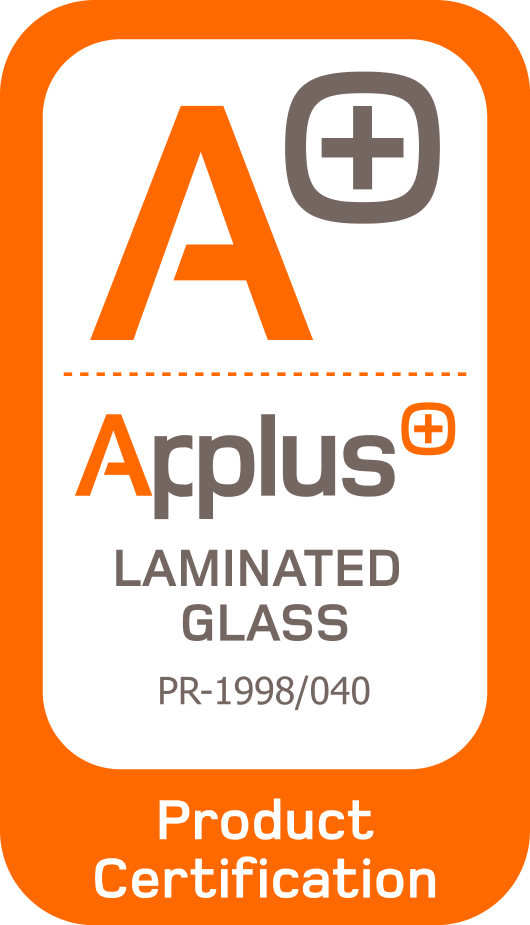FLOAT GLASS – NOVA FLOAT
Float Glass is superior in quality when compared to other flat glass and has the unique characteristics of excellent surface finishing, flatness, uniform thickness, high optical quality and bright appearance. The float process was invented in 1952.
Float technology has rapidly replaced plate and sheet facilities worldwide in recent decades. Float glass derives its name from the float process used where the molten glass floats on the top of molten tin.
Available thicknesses in mm and inches:
3, 3.2, 3.5, 4, 5, 5.5. 6. 8, 10 and 12 mm
7/64, 1/8, 5/32, 3/16, 1/4, 5/16, 3/8, 1/2 inches
APPLICATION PROCESS
Float glass application
Some applications of float glass:
Architectural Purposes
Coated Glass
Table Tops
Bulletproof Glass
Automotive Glass
Windows
Insulated Glass
Laminated Glass
Reflective Glass
Mirrors
Frameless Doors
LAMINATED GLASS – NOVA LAM
Laminated glass is a type of safety glass that holds together when shattered. In the event of breaking, it is held in place by an interlayer, typically of polyvinyl butyral (PVB), between its two or more layers of glass. At least 2 Glass Panels and 1 Binding Agent is necessary to produce Laminated Glass.
Laminated glass is ideal for providing both impact resistance and security since it may break on impact but the glass is held in place thus preventing injury or intrusion. It produced by combining two or more sheets of glass with one or more plastic interlayers.
